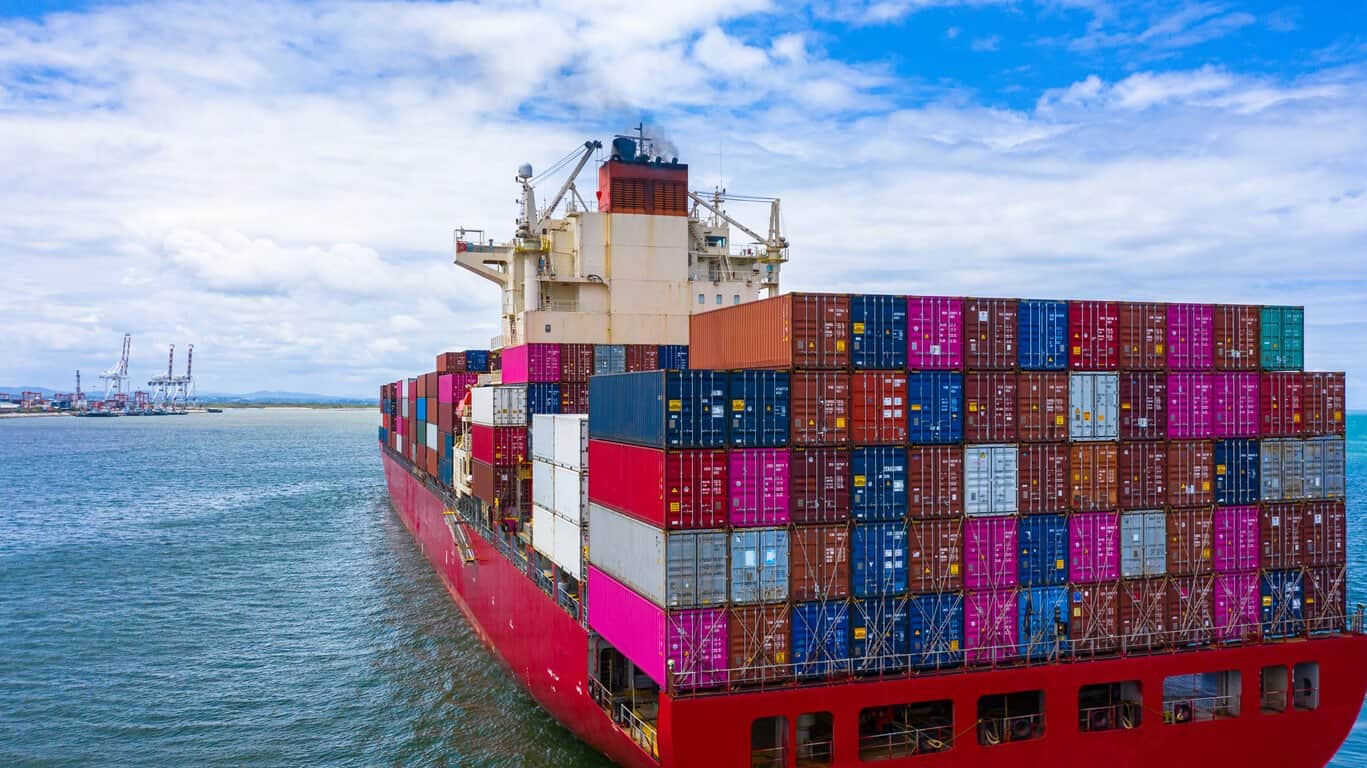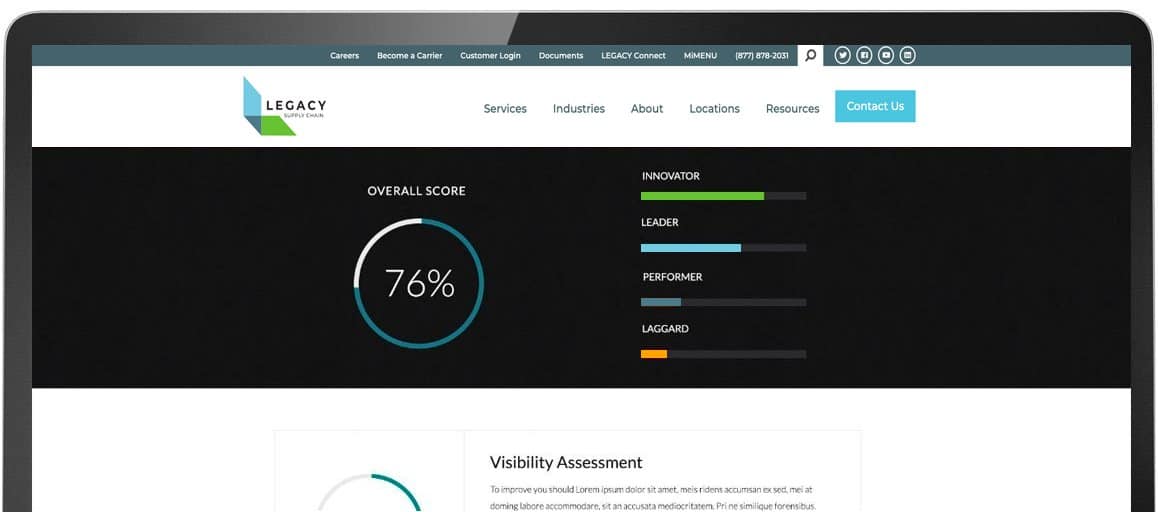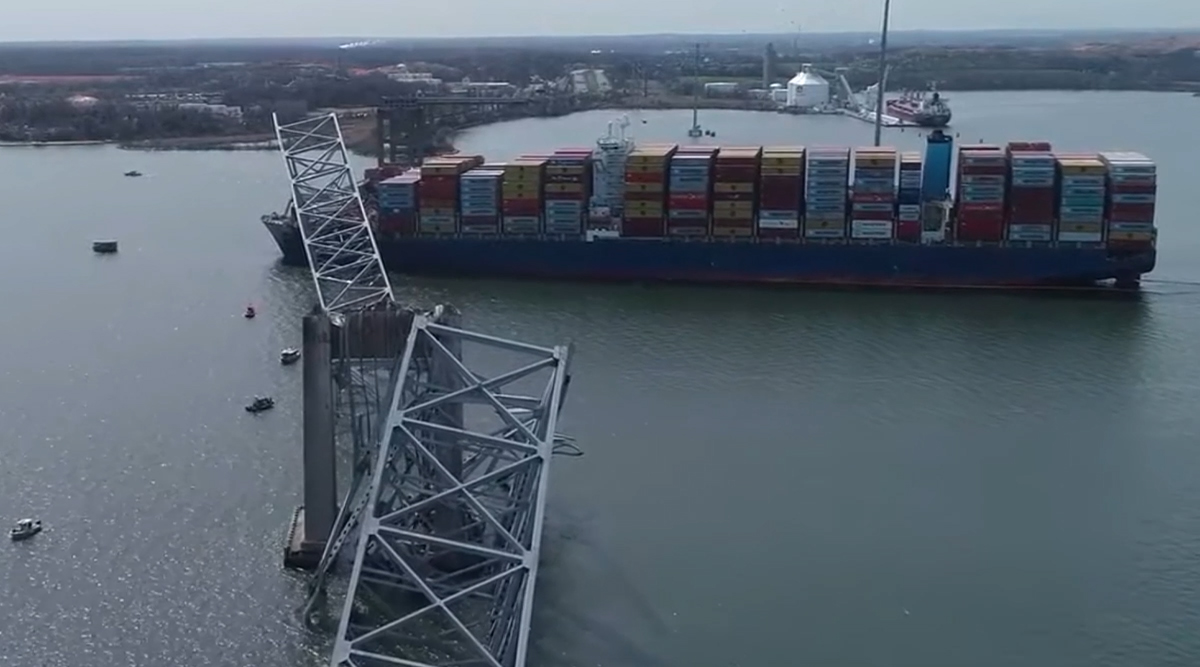Issue 1: Assessing the Impact of COVID-19 on the Global Supply Chain

Greetings and salutations, friends, and welcome to the inaugural edition of the Legacy Monthly Shipment. If you’re interested in transportation industry challenges, trends, news stories, and more, then you’ve come to the right place.
Our topic today is one that’s been at the forefront of the transportation industry for most of 2020. That’s right — we’re talking COVID-19.
Today’s Shipment:
- Supply chain disruptions cause freight transportation slump — but not all hope is lost.
- Airlines explore experimental lines of business in an effort to offset revenue loss.
- Logistics companies find innovative ways to leverage technology to adapt to disruption.
- How the lessons learned from COVID-19 will reshape the supply chain of the future.
NEWS
Analysts Expect Strong Rebound after Industry-Wide Slump
What happens when “the world’s factory” shuts down operations? It’s a grim reality, one that businesses around the world were forced to face when production out of China came to a standstill as a result of a country-wide lockdown starting in January. Labor shortages and factory closures from Chinese suppliers have contributed to an ongoing slump in U.S. freight transport, with a 25% drop in container volume at the Port of Los Angeles in February alone.
The tide seems to be turning, though. Early reports from industry analysts offered a positive outlook, predicting that “transportation operations could see a bump once production in China ramps back up as companies rush to restock depleted inventory.” Although it remains to be seen whether this prediction will come to pass, with major manufacturers such as Foxconn resuming operations as part of the “soft opening” of China’s economy, it seems as though brands have reason to be hopeful for the first time in a long time.
With China’s capacity largely back online, capacity in the United States and Europe will likely follow suit in the near future; this increase in demand and capacity will likely result in rate volatility. The COVID-19 outbreak caused a 20%–26% cut in transpacific capacity, which will not come back online as quickly as demand returns. Additionally, passenger flight air capacity has been cut to nearly zero. Although passenger travel is unlikely to rebound quickly, demand for air cargo is likely to rebound at the same rate as overall demand. In both instances, we can expect to see a significant increase in rates before things finally return to normal.
NEWS
Airlines Venture into New Territory to Offset COVID-19 Setbacks
With people around the world confined to their homes, it comes as no surprise that airlines are struggling. The loss of passenger travel due to COVID-related travel restrictions has dealt a devastating blow to the airline industry, forcing 90% of airlines to ground their fleets. This has led many major airlines to seek government support in an effort to stop the bleeding, as well as to explore new revenue streams, such as turning passenger aircraft into dedicated freighters.
Once considered experimental, substituting cargo for passengers is well on its way to becoming a mainstream line of business, with major players such as United Airlines and Lufthansa Airlines making the switch. Other carriers such as American Airlines and Air Canada have also expanded their cargo-only operations in response to the pandemic.
Although this increase in capacity has the potential to mitigate the ongoing labor shortage, there are limitations to airlines’ ability to redeploy passenger aircraft as cargo-only, such as the cost to retrofit aircraft, safety and regulatory concerns and length of demand opportunity. Whether these costs outweigh the proposed benefits remains to be seen; we expect this trend to have a limited effect on the market in the near-to-medium term.
OPINION
Reimagining the Supply Chain in the Age of COVID-19
Here at Legacy, we’re proud to be part of an industry deemed by world authorities as essential and critical. In the wake of 9/11, the Department of Homeland Security’s Cybersecurity and Infrastructure Security Agency (CISA) deemed supply chain operations one of the 16 critical infrastructure sectors. In light of COVID-19, CISA has doubled down on this designation and issued guidance on the essential critical infrastructure workforce, which enables supply chain and logistics companies to remain operational and keep things moving. Every ocean container unloaded, every box moved through a distribution center, and every product delivered to a store or someone’s front porch is imperative to the working of an interdependent, integrated global supply chain.
TECH
Reimagining the Supply Chain in the Age of COVID-19
COVID-19 has forced companies around the world to reimagine the way they do business. Fortunately, technology has made the transition to work from home scenarios a bit easier — just ask anyone who’s had their cat or toddler interrupt a work-related Zoom meeting. For the most part, working from home is not a luxury afforded to suppliers, carriers and other essential entities within the global supply chain. Although the demand for certain goods has taken a hit, supply chains remain as vital as ever before, and could be the key to economic recovery.
To that end, logistics companies have also embraced this creative approach to technology — and it’s enabled them to remain surprisingly resilient in the face of coronavirus-related supply chain disruption. From using messaging solutions like Slack to stay connected in real time to transportation management systems for customized online tracking and reporting, technology is reshaping the supply chain as we know it. This speaks volumes to logistics companies’ ability to adapt, even in the most trying of times.
Looking ahead, we can likely expect to see an increased demand for visibility with actionable intelligence. If nothing else, COVID-19 has revealed just how fragile our supply chains can be, which means shippers will work more diligently to define and mitigate risk through modeling in the future.
FORECAST
Adapting to the “New Normal” of a Post-COVID-19 World
Given the instability and uncertainty that COVID-19 has introduced into our daily lives, it’s understandable that many long for a return to normalcy. Although it’s too early to tell how our personal lives will change once the curve has finally flattened, it’s become increasingly clear that the global supply chain as we know it will never be the same. Rather than lament this disruption, businesses need to be flexible and look for learning opportunities in order to adapt to the new normal of a post-coronavirus world.
Looking ahead, we can likely expect to see more resilient supply chains powered by technology. Digital transformation, once a goal for most businesses, will become an absolute necessity, and a mass exodus from on-premises systems to the cloud is all but assured. Modularized production lines capable of accommodating rapid changes in demand will become the norm, and smart technologies, such as autonomous devices and artificial intelligence, will spearhead an industry-wide shift toward automation in an effort to reduce dependency on physical labor.
We can also anticipate that companies will implement near sourcing, work with redundant suppliers, carry additional safety stock, and seek integrated visibility of inventory across their supply chains. Workplace safety will continue to be a commercial requirement to maintain a stable force. Much higher levels of access will become the norm as businesses limit unknown personnel from entering work areas, and employee testing could become more prevalent depending on whether researchers are able to successfully develop a vaccine. Ultimately, these and other precautions will play an important role in enabling businesses to weather the tide of volatility, as a result of coronavirus, labor disputes, tariffs, and so on.
Despite the many challenges that COVID-19 poses, there are lessons to be learned and opportunities to be found — businesses just need to know where to look for them.
Check out Legacy’s VP of Transportation discuss shipping dilemmas>>>
Looking for more transportation industry or supply chain-related content? Check out our blog or shoot us a message over on our contact page.
Get Insights. Stay Ahead.
Get the latest news and insights via email on warehouse improvement, transportation optimization, labor strikes and international shipping rate changes.Popular Posts
Search Posts
-
2024 Q1 Freight Landscape: Trends, Challenges, and Predictions
As the first quarter of 2024 comes to an end, here are some observations over the past few months as well as predictions about the trucking...
+ Read more -
Baltimore Bridge Impact Assessment – Update
Following the recent Baltimore Bridge collapse and subsequent port closures, we want to keep our customers informed about the situation and...
+ Read more -
Global Momentum Builds for Charge on Global Shipping Sector’s CO2 Emissions
A growing coalition of 47 countries, including key players like the European Union, Canada, Japan, and various Pacific Island nations, is...
+ Read more










